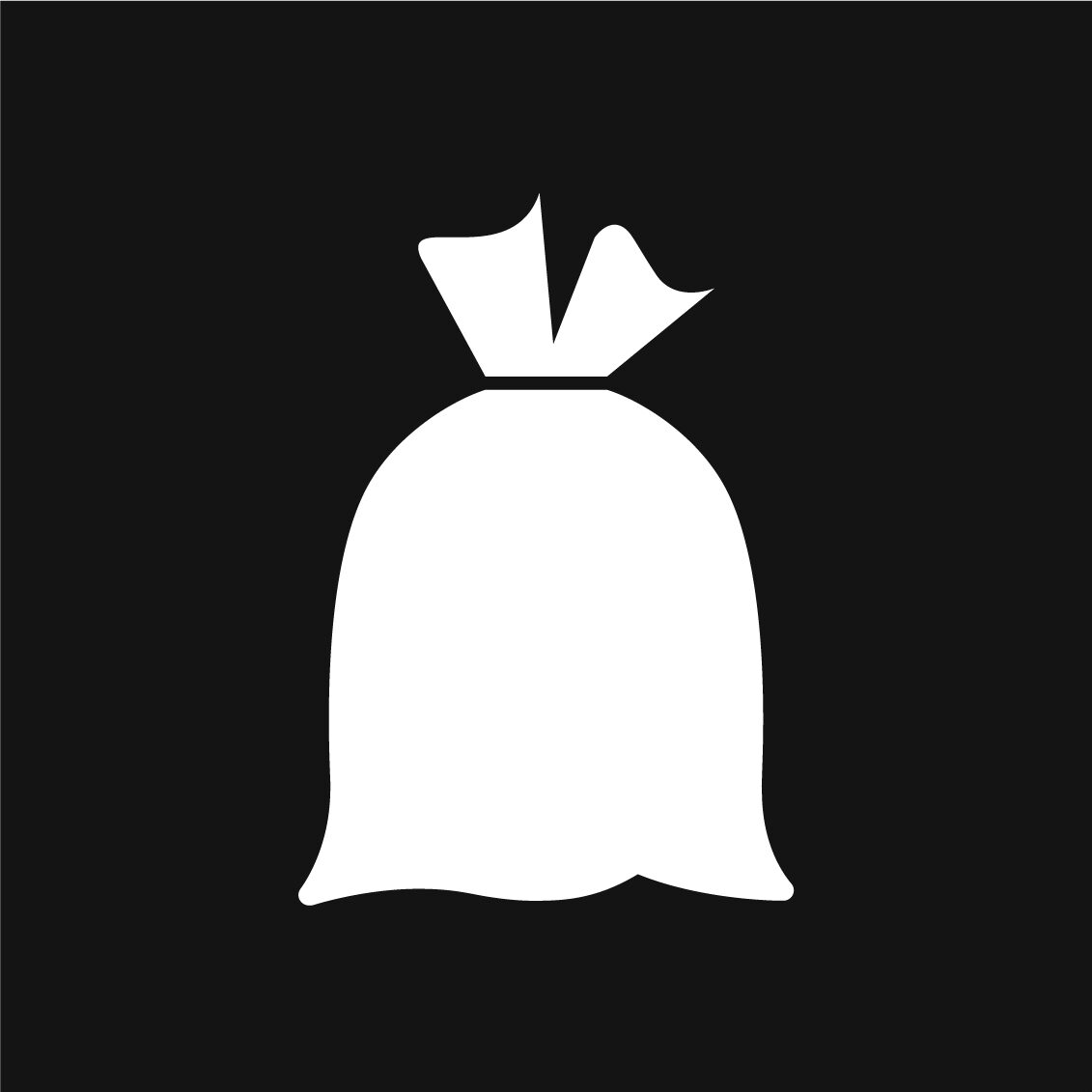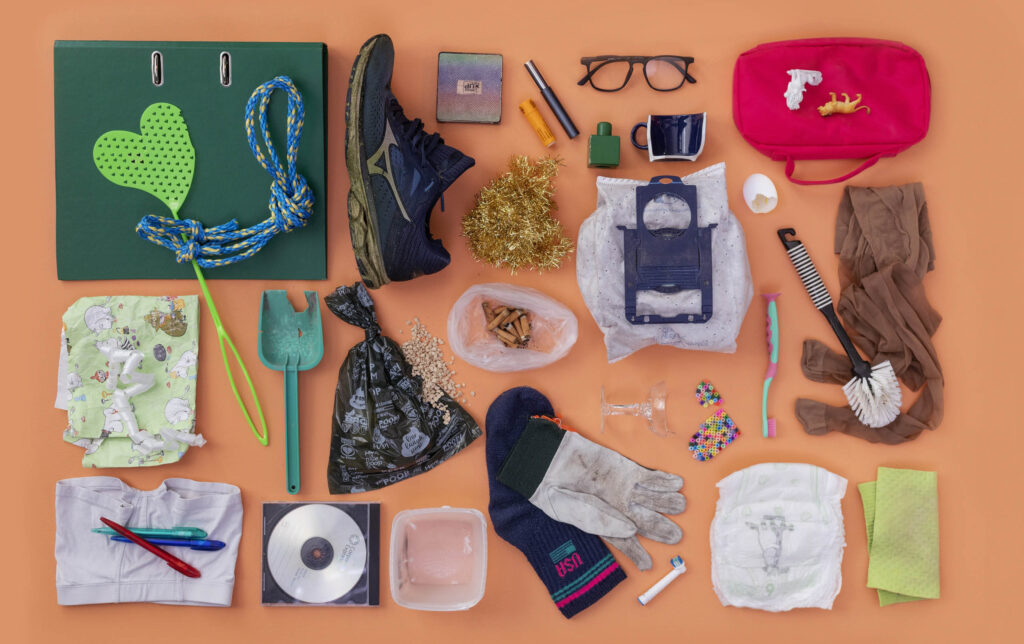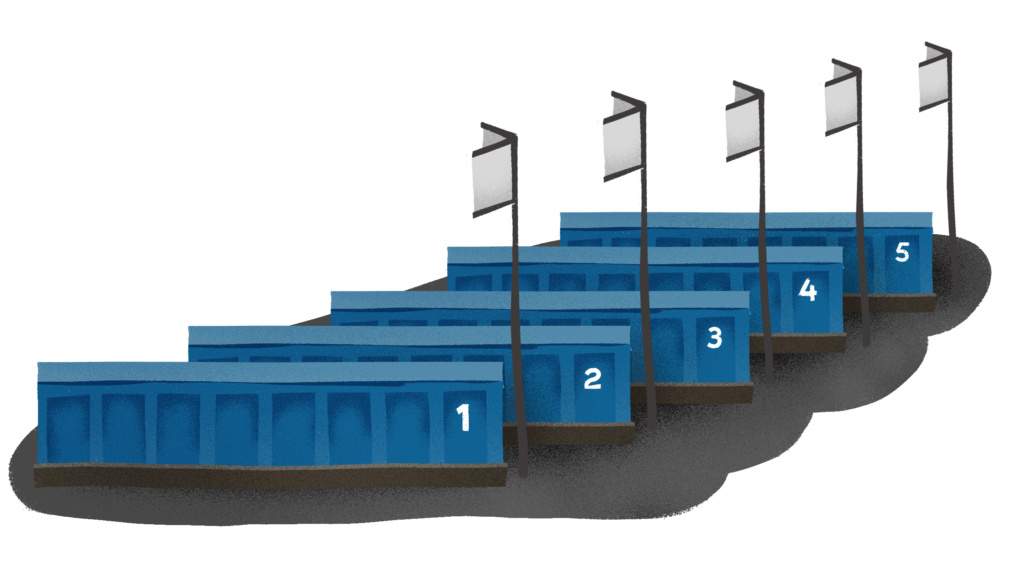
Mixed waste
Combustible waste is now called mixed waste. Mixed waste is converted to district heating and electricity at Westenergy.

- plastic objects that are not packages, and very dirty packages
- cardboard, paper and carton that are wet and dirty and are not suitable for recycling
- textiles that are unsuitable for end-of-life textile collection; socks, underwear, shoes, bags, rubber, leather and damaged textiles
- mattresses, pillows, blankets and rugs
- hygiene items; nappies, sanitary products, makeup, razors, brushes
- office accessories; files, plastic folders, CDs and DVDs
- ash, cigarette butts (chilled and tightly sealed in a plastic bag)
- cat sand, dog waste bags, animal litter
- vacuum cleaner bags
- small amounts of incandescent light bulbs, ceramic, porcelain and glass items (larger amounts to the waste reception station)
- textile upholstered furniture
- eggshells
- hazardous waste
- electrical and electronic scrap
- metal
- large objects that do not burn
- large amounts of objects that do not burn
- waste that can be recycled
Small quantities of incandescent light bulbs, porcelain, ceramics, ovenware, mirror glass, and cat litter may be sorted as mixed waste. They do not burn, but they cannot be recycled in any other way. Westenergy’s incineration plant can handle small amounts of such waste from households. Larger quantities must be taken to a waste reception station.
Non-combustible items remain in the bottom slag at Westenergy. This bottom slag is then delivered to Suomen Erityisjäte, where it is recycled into products such as paving etc.
At the waste reception station

Remember that large-sized waste must be brought to the waste reception station.
Larger amounts of certain mixed waste have their own collection container on the waste reception station:
- Porcelain and ceramic are sorted among brick and concrete
- Window glass, mirror glass and other flat glass is collected separately
- Other glass items that are not glass packages are sorted among isolation
- PVC is also put among isolation
